10 things you never knew about our planet
Categories: Nature | People | Photo project | Travel | World
By Vika https://pictolic.com/article/10-things-you-never-knew-about-our-planet.htmlWe think we know everything about our home planet. Scientists have already learned a lot about the universe, but they believe there is still a lot to be learned about one particular planet.
We were so surprised to learn new amazing things about the Earth that we decided to immediately share them with you.
10 PHOTOS
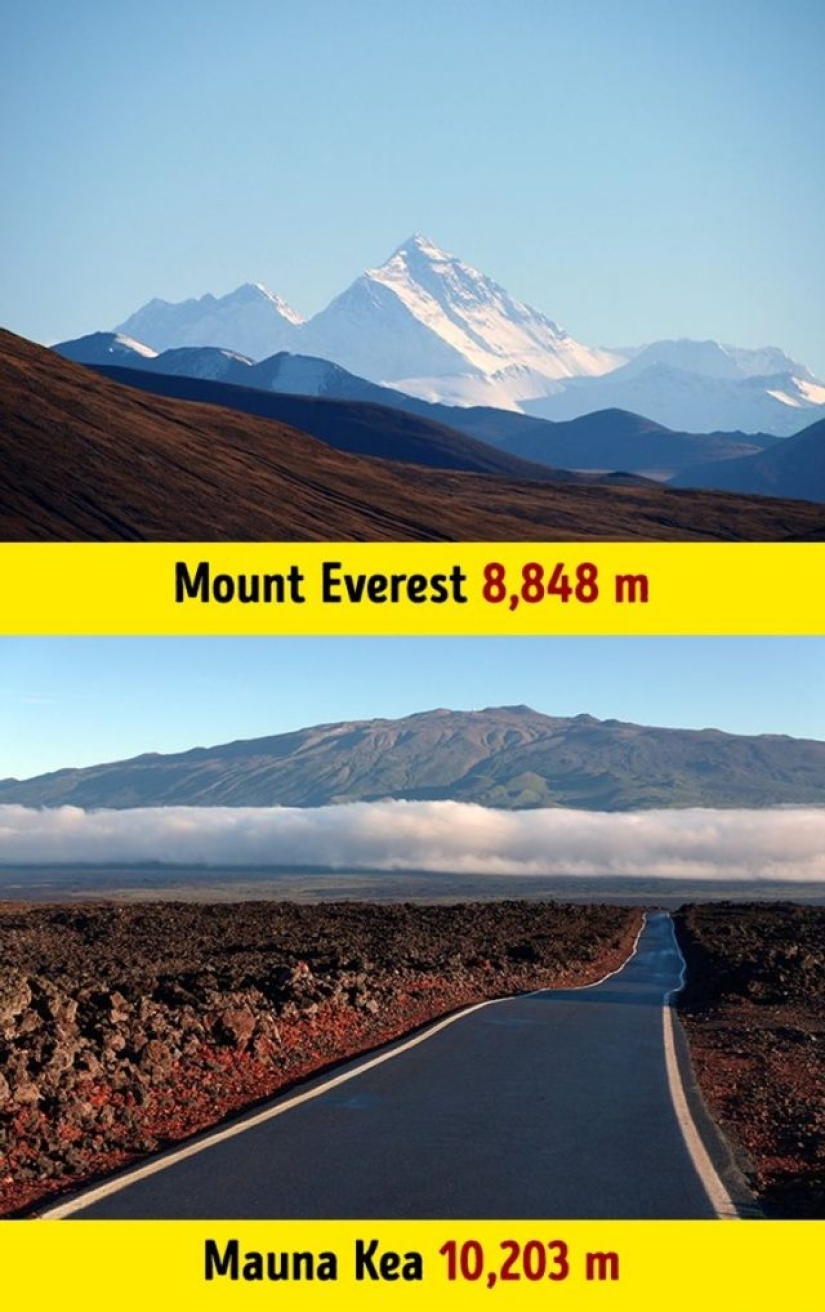
1. Hawaiian Mauna Kea has a height of 4205 m above sea level. However, most of the volcano is below sea level. Thus, when measured from base to summit, Mauna Kea has a height of 10,203 m, which is 1,355 m higher than Mount Everest.
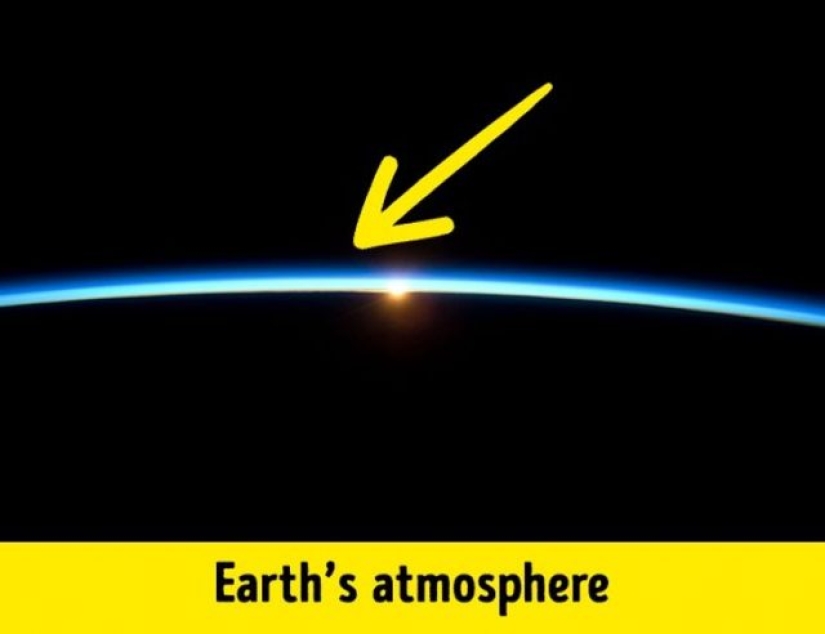
2. The Karman Line is an internationally recognized line running at an altitude of 100 km above sea level. Although the level of the Earth's atmosphere ends much higher, it is this line that has been recognized by the World Air Sports Federation as the boundary between the atmosphere and outer space.
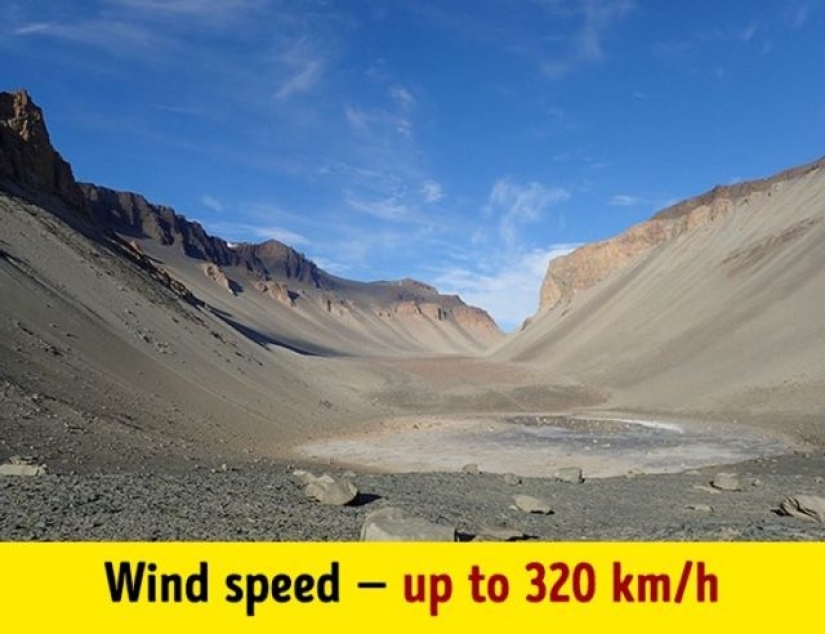
3. It is generally accepted that the driest place on Earth is the Atacama Desert in Chile, where there has been no precipitation for thousands of years. But the McMurdo Dry Valleys in Antarctica have not had rain for nearly 2 million years. Winds here can reach speeds of 320 km/h.
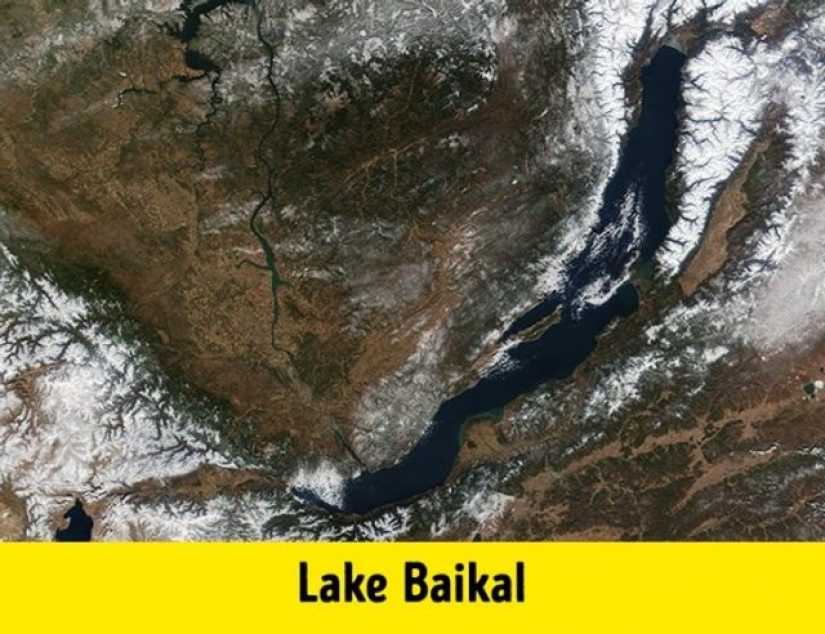
4. The oceans and seas contain 97% of the Earth's water, but it's salty ocean water, undrinkable. The remaining 3% of the total freshwater is in glaciers (70%) and in Lake Baikal (20%).

5. Göbekli Tepe, the oldest known temple, is located in southern Turkey. The researchers believe that the drawings on the pillars prove that approximately 11,000 years ago, a comet impact caused a sudden drop in temperature on our planet.
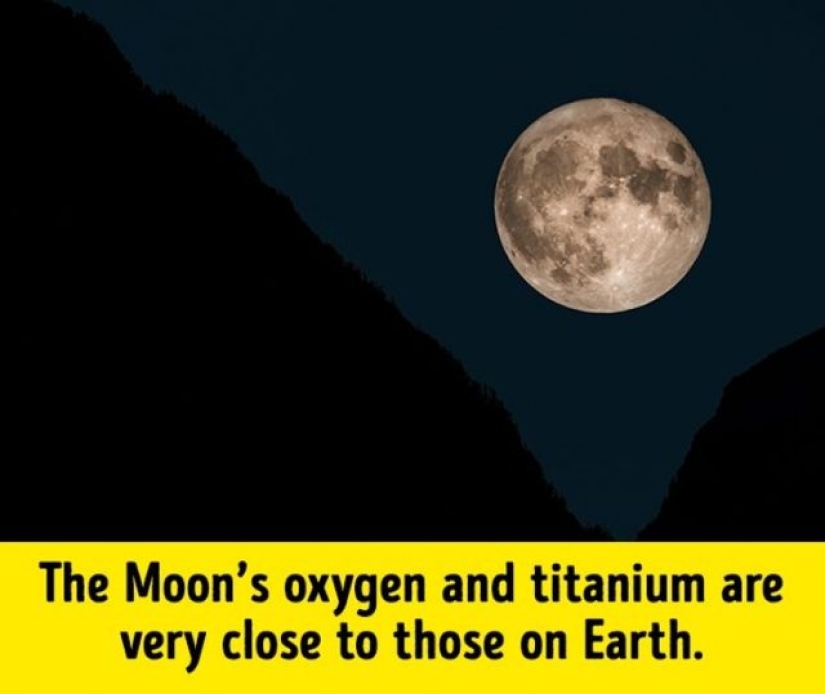
6. Swedish scientists suggest that about 4.36 billion years ago, the planet Earth collided with the alleged planetary-mass object Theia, which led to the formation of the only permanent natural satellite of the Earth.
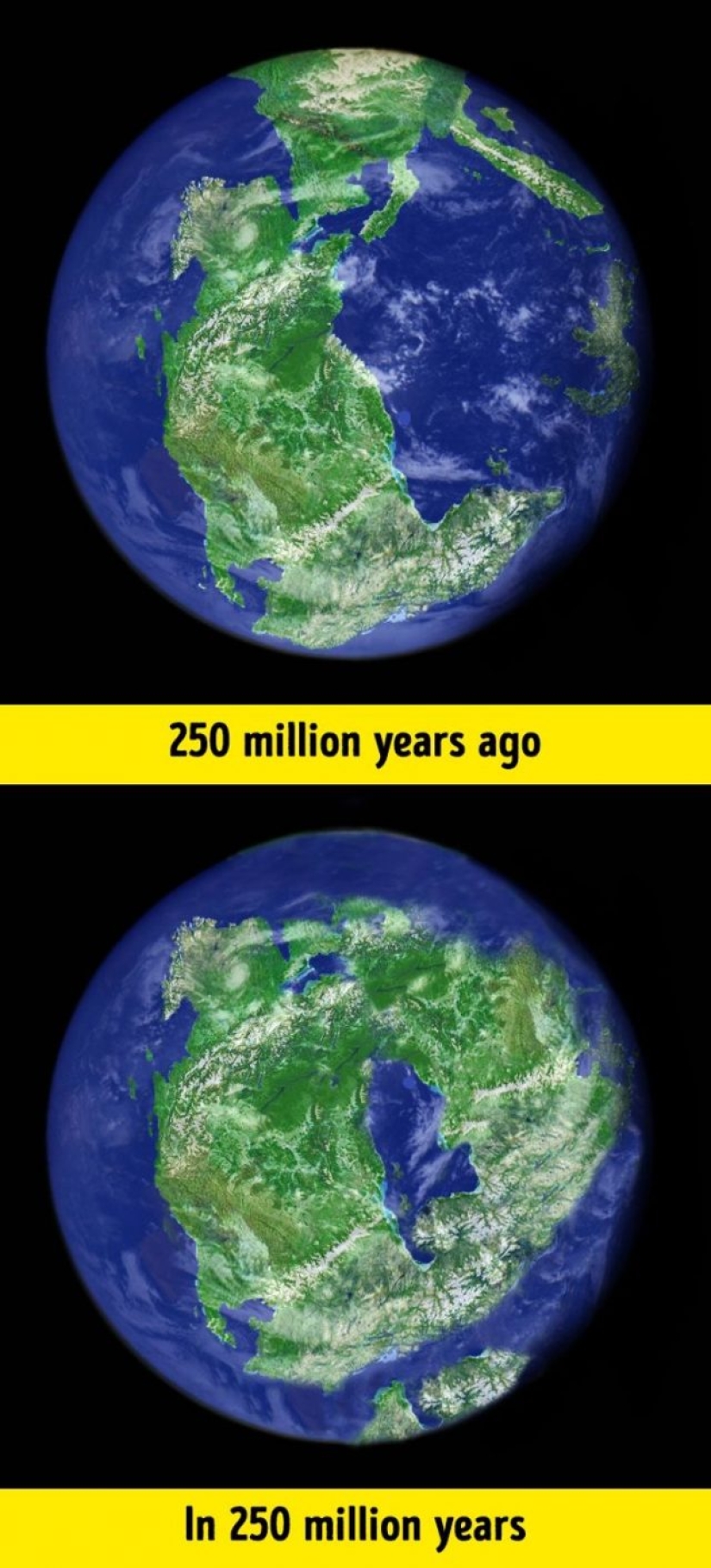
7. As you know, Pangea, a supercontinent that existed 335-175 million years ago, split into two different continents, forming Laurasia and Gondwana. They later separated, forming all seven continents. But scientists believe that in 250-300 million years the continents will again group together and become a single supercontinent called Pangea Ultima.
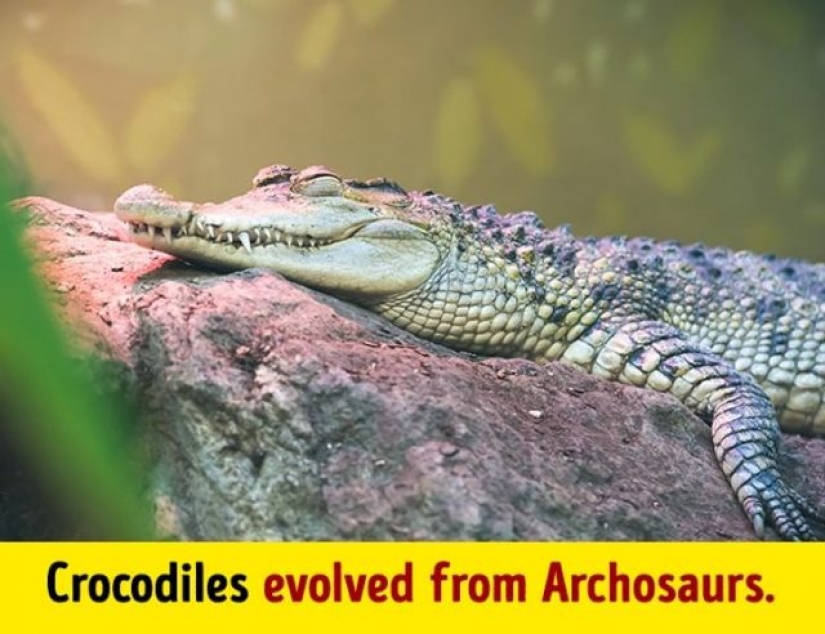
8. Scientists at the Massachusetts Institute of Technology offer a theory to explain the mass extinction that destroyed almost 90% of all living things on Earth. A bacteria called Methanosarcina suddenly bloomed in the oceans 252 million years ago, causing the only mass extinction of insects known to science. It also gave archosaurs a unique opportunity to evolve.
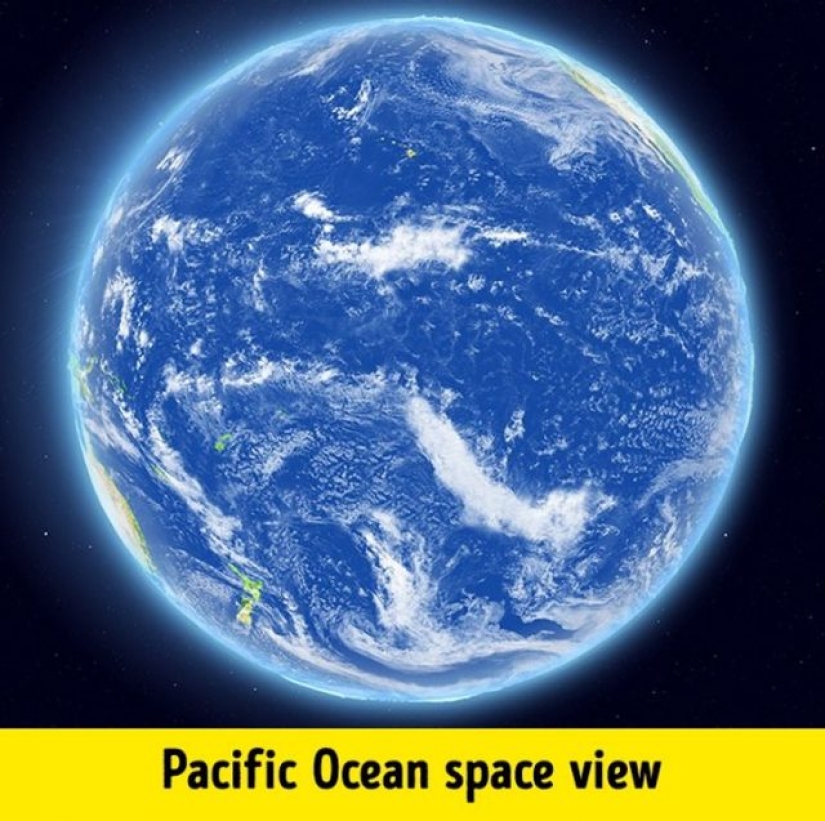
9. As you know, the World Ocean occupies 71% of the surface of our planet. The depth of water illuminated by light does not exceed 200 m, so the rest of the water is constantly in darkness. Therefore, most of our planet rests in darkness at any time of the day.
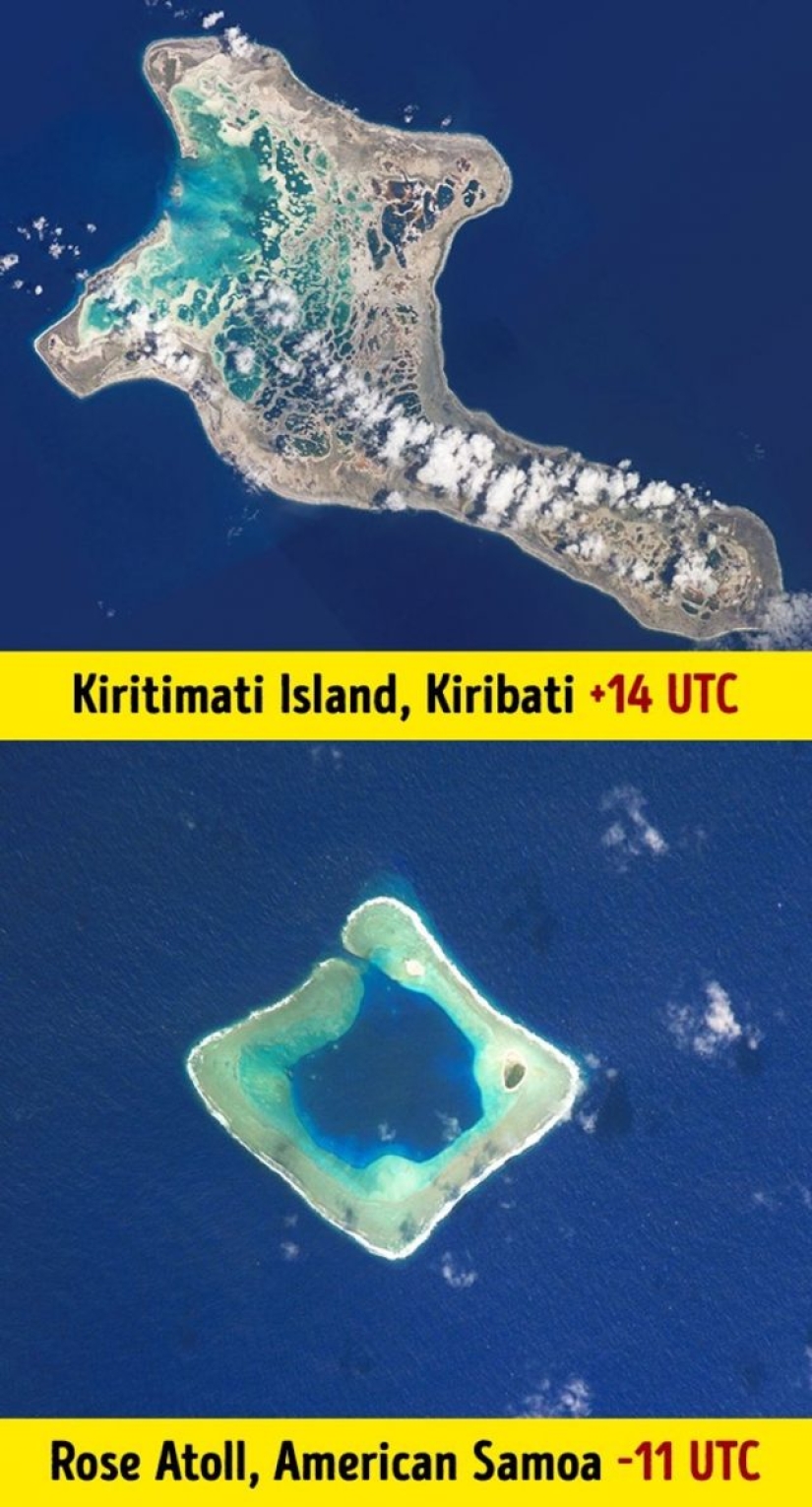
10. Despite the fact that American Samoa has located only 2000 km from the Line Islands, which are part of Kiribati, the time difference between the two neighbors is 25 hours.
Keywords: Planet | Scientists | Universe | Earth | Nature | Beauty | Life | Travel | Tourism
Post News ArticleRecent articles

Leonardo da Vinci was accused of being fond of orgies. William the Conqueror, despite all his successes, was called a "Bastard" ...

Modesty? Decency? A sense of tact? No, you haven't heard! Just look at what the people from the selection below are doing! No ...
Related articles

"Wash your hands before eating!" — a phrase familiar to us since childhood. The parents explained that with the help of this ...

Sex — is not only enjoyable, but also a very useful exercise. Orgasm improves the General condition of the organs and ...

In anticipation of the most busy surprises holiday of the year for many is the question — as a beautiful and original way to ...

American documentary photographer Bruce Davidson came to the UK in 1960 for a couple of months on the assignment of Queen magazine. ...